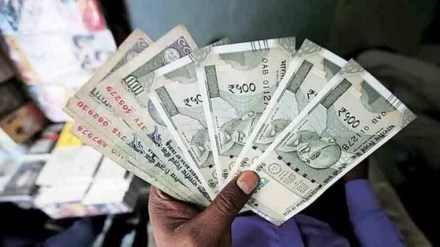Bankers are confident of managing risks emanating from unsecured retail loan books as delinquencies in the segment haven’t reached at threatening levels. While the share of unsecured retail loans has increased within the overall loan portfolio of banks, underwriting standards have also improved and this holds them in good stead, say bankers.
According to data from the RBI’s latest financial stability report, retail loans have seen a compounded annual growth rate of nearly 25% in the last two years. Of this, the share of unsecured retail loans has risen to 25.2% of the overall portfolio of banks as on March 2023, from 22.9% as on March 2021.
“While demand for unsecured funding has not cooled off, delinquencies have not gone into a danger zone,” says Kotak Mahindra Bank group president and consumer banking head Virat Diwanji. He added that in case of unsecured lending, one also has to see the pricing. If risk-adjusted returns are acceptable, one should not be too worried about some increase in absolute delinquency as the disbursement volumes have also gone up.The unsecured retail loan segment includes personal loans and credit cards. Since there is no collateral, this segment of loans is priced at a higher interest rate than secured loans.The FSR indicates an overall improvement in SMA-1 (special mention account) and SMA-2 as far as the unsecured retail loan segment is concerned, even as state-owned banks showed a higher SMA than their peers in the private sector. SMAs are accounts that show symptoms of bad asset quality in the first 90 days itself, before they are classified as non-performing assets.
But, unsecured retail loans do not pose an imminent risk to the banking system as they comprise only 7.9% of the total banking system credit, the report said. Also, the GNPA ratio in this segment has fallen to 2% as on March 2023, from 3.2% in March 2021.The financial stability report comes amid the industry buzz that the central bank is assessing measures to mitigate unfettered lending to the segment.A recent media report said the RBI is looking to increase risk weights on unsecured loans by 10-25 basis points, a move that may mandate banks to increase their capital. The risk weight is expected to be higher for loan categories that have a higher perceived risk.
“Fundamentally, there has been job stability, there have been 7-8% salary hikes, credit card portfolios have been doing well. So, currently, there are no major risks in the unsecured retail loan segment,” an executive director at a private bank said. “However, the RBI is cautious for the right reasons and come at a time when deposit costs have gone up and lenders are looking for higher yields.
”While tighter norms are necessary to cushion the banking sector from contingencies, experts feel that the asset quality risk is substantially lower now as banks have a lot credit data at their disposal in order to lend prudently.“Now, you are giving personal loans on the basis of the customer’s credit score, source of funding, cash flow. Earlier, these were not readily available. In my view, cash-flow analysis can help mitigate risks in any type of lending,” says IDBI Bank deputy managing director Suresh Khatanhar. While collaterals act as a comfort factor while lending, but it is a fall-back option in cases of default. Collaterals cannot be the basis for lending. They are only the last resort.
